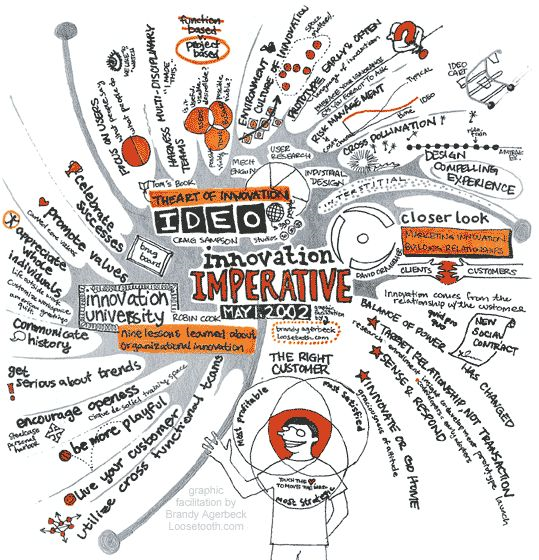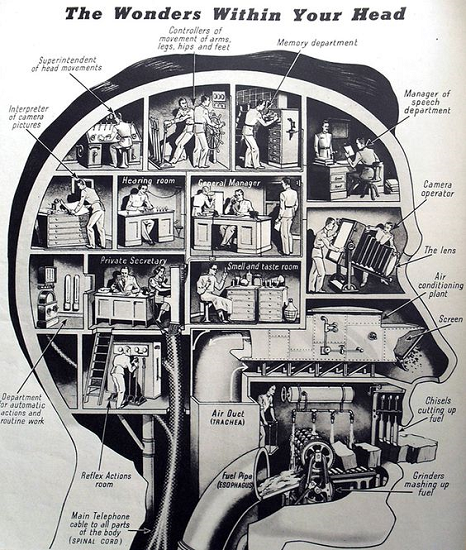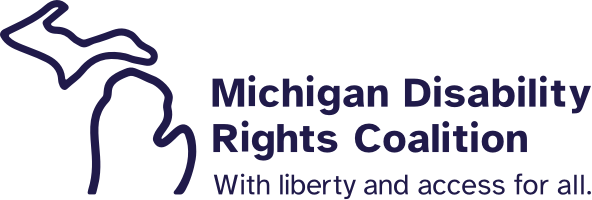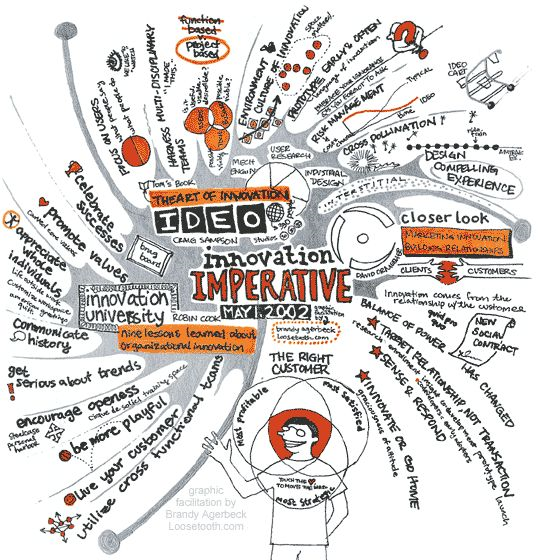Special Education: Is A New Future Possible?
Tuesday, July 4, 2017

In my last post, I tried to make the case that now is the time to disrupt special education because it has become rigid, compliance-driven, bureaucratic, and politically corrupted. In other words, the mission of special education as it was originally envisioned when it began in the 1970’s has been gradually parasitized by the interests of other groups besides the students whose educational benefit was the point of the law. To transform Special Education, we will need to truly innovate in ways that are stable and sustainable.
Any whole-system changes, like charter schools, however individually successful or unsuccessful they might be, absorb many of their assumptions about how education must be delivered from the current system. These remains of the old system doom such efforts to the same slow decline toward which public education as a whole is currently drifting. We need to think about how education should happen much more from scratch.
So, how should we frame our strategy for transformation?
- Not just inclusion, but full integration of “regular” and “special” education. There is no organizational quality justification for the segregation of special education from regular education other than outside economic, political, and stigma-related interests. Certainly, students aren’t better off educationally. If the goals of education are the inclusion of all in American society, and the universal respect for individual difference, the continuing segregation of special education is a slap in the face to these very American values.
- Making student-directed planning (SDP) the core of transformation. I am a member of a statewide advisory group focused on improving the education of students who are deaf-blind. There are roughly 300+ students who meet the criteria for this special education eligibility set of characteristics in Michigan and many county and local special education systems have only one or a handful of such students. Often the districts are at a loss about how to approach supporting the educational benefit of these individually unique students. A Federal program (DB Central at Central Michigan University) provides TA and facilitation support to local districts trying to build high-quality supports for their students who are deaf-blind. Their experience is instructive.
School districts prefer DB Central’s person-centered planning approach to the much more typical mind-numbing compliance-driven IEPC model. The districts, student, and family come away from the PCP experience with a consensus on support, and relationships that allow meaningful adjustment of the plan instead of conflict. This could be the reality for everyone in school if student driven planning and supports implementation was the center of a collaborative effort.
- Universal Assistive Technology (UAT), embedded in student and family control, maximizing educational coordination, and connecting individual and student groups to the larger community. UAT would be based on supporting the customized learning of each student for each educational outcome. The celebration of Neurodiversity would be a universal as well since the evolution of the use of AT by each student would reflect that student’s particular neuro-developmental pattern in reaching personally useful cognitive/emotional outcomes.
This dimension of the framework for strategic educational change also means that schools will stop treating AT as a luxury for students and accept that student control over the use of AT and related technologies is a premise of educational benefit, not an opportunity to engage in power struggles.
All students will live in adulthood as part of a world in which every aspect of their lives is conditioned on the availability, access, and usability of AT and other related technologies. That is, we all use technology as (AT) support for our cognition and mood, all day and every day of our lives. It is criminal to deprive students in special education systems of the same necessary access to supportive technology that is now the birthright of everyone else.
- In the same way that Accountable Community Organizations expand the universe of health care by distributing collaboration throughout the entire community to produce mutually reinforcing outcomes, so education needs to dramatically expand the scope of the concept of “wrap-around” to include everyone in the community who can contribute to the education of all of its students, including those now segregated into the “separate-but-equal” model of current special education practice.
This collaborative model also helps break down the “manufacturing” of education that produces graduates like Kellogg’s produces boxes of cereal.

The Brain as Bureaucracy: Don’t Forget Those Approval Signatures!
We have the promise of such an approach in the current assumption that students who aren’t labeled are expected to participate in community experiences including many not sponsored by or paid for through school districts. Why should the expectations be different for students with educational disabilities?
Memoranda Of Understanding (MOU’s) are common methods of coordination across organizations and resources that pursue different, but complementary, outcomes. Such a system of community networking and mutual respect would help eliminate the factory model of education and promote those values that have always been the best that education could offer.
Happy 4th of July! Celebrate by thinking about how to expand freedom and choice for yourself and your community through AT.
Resources:


